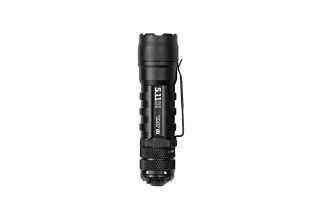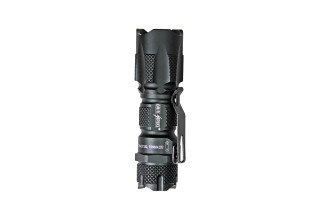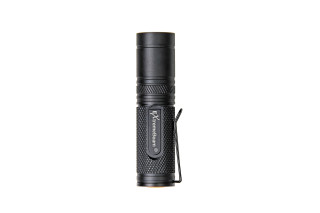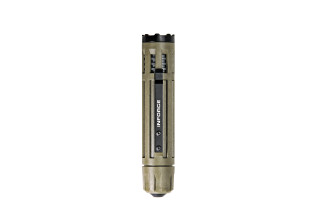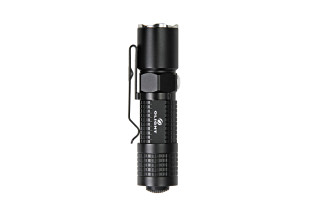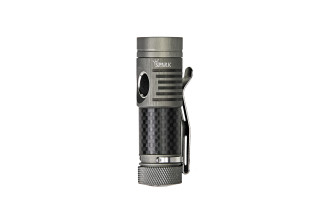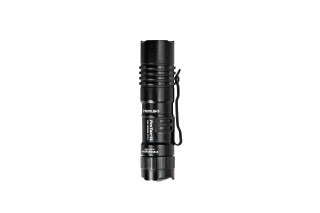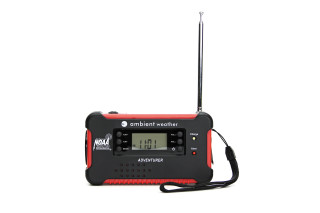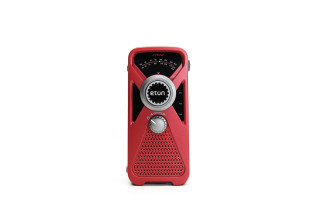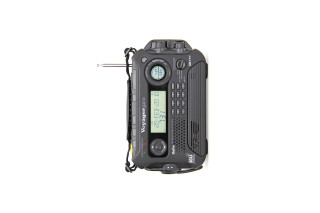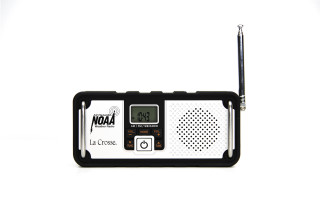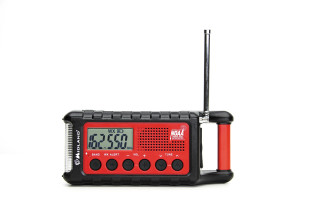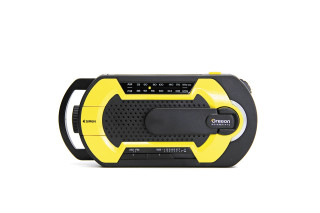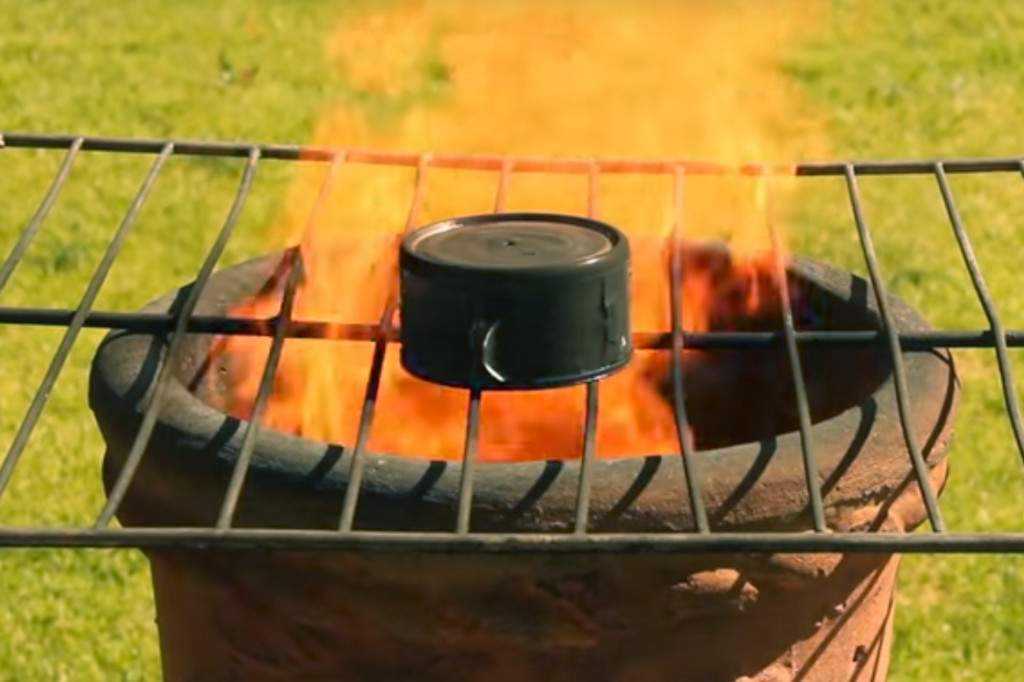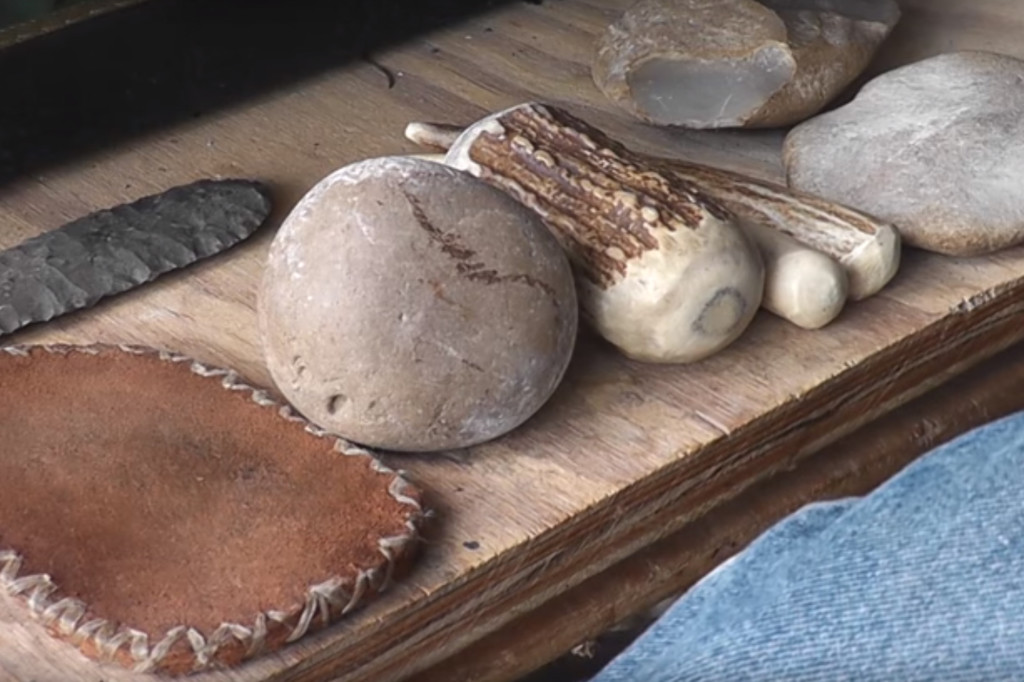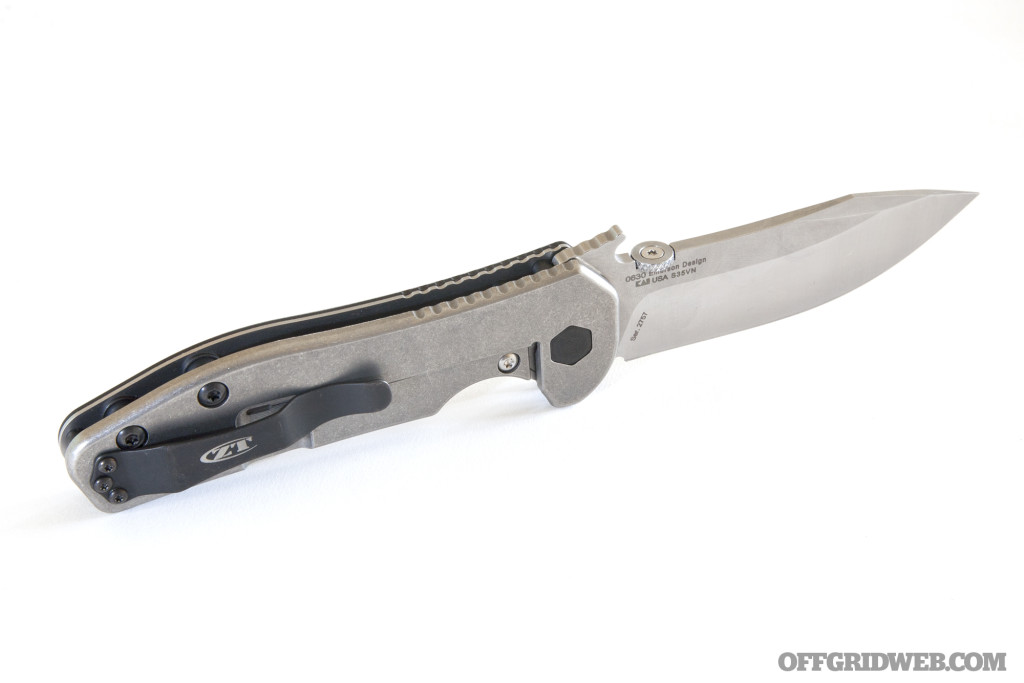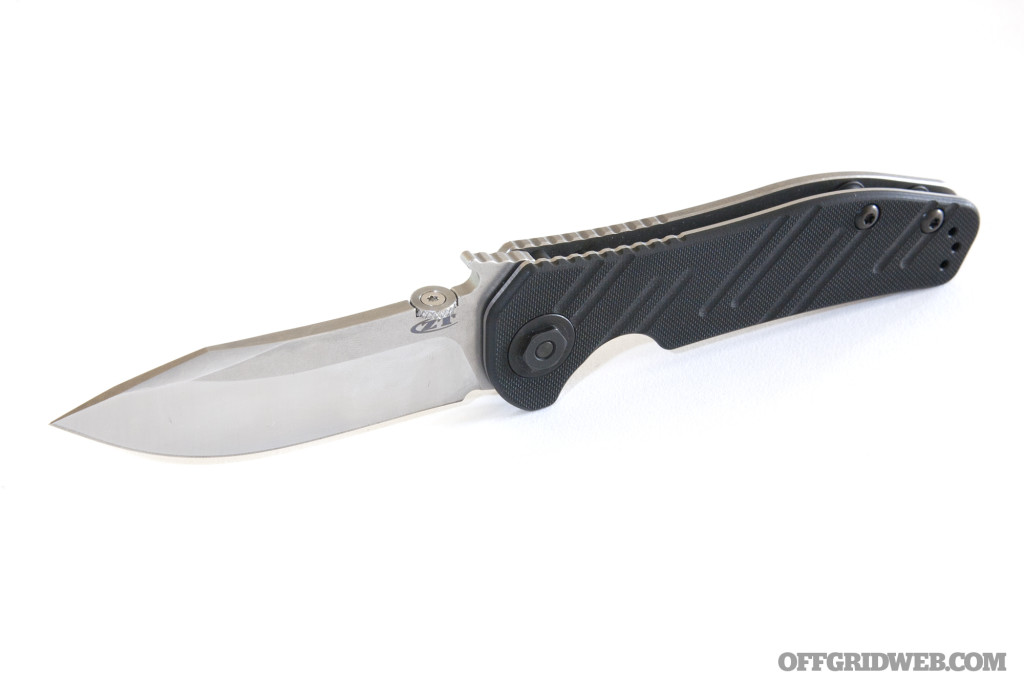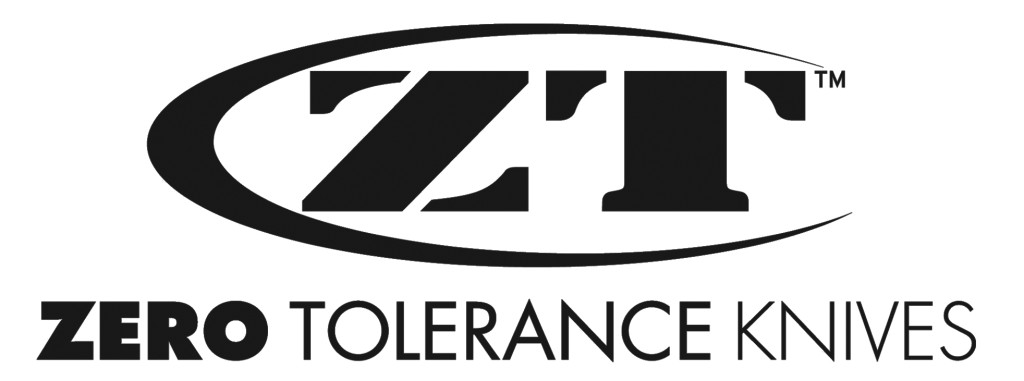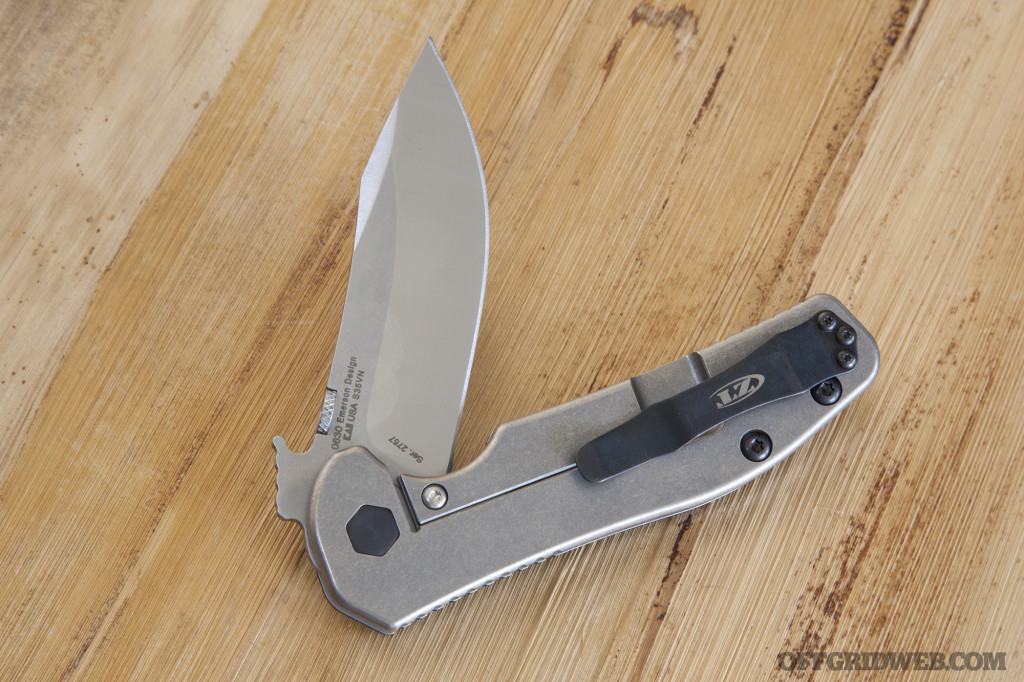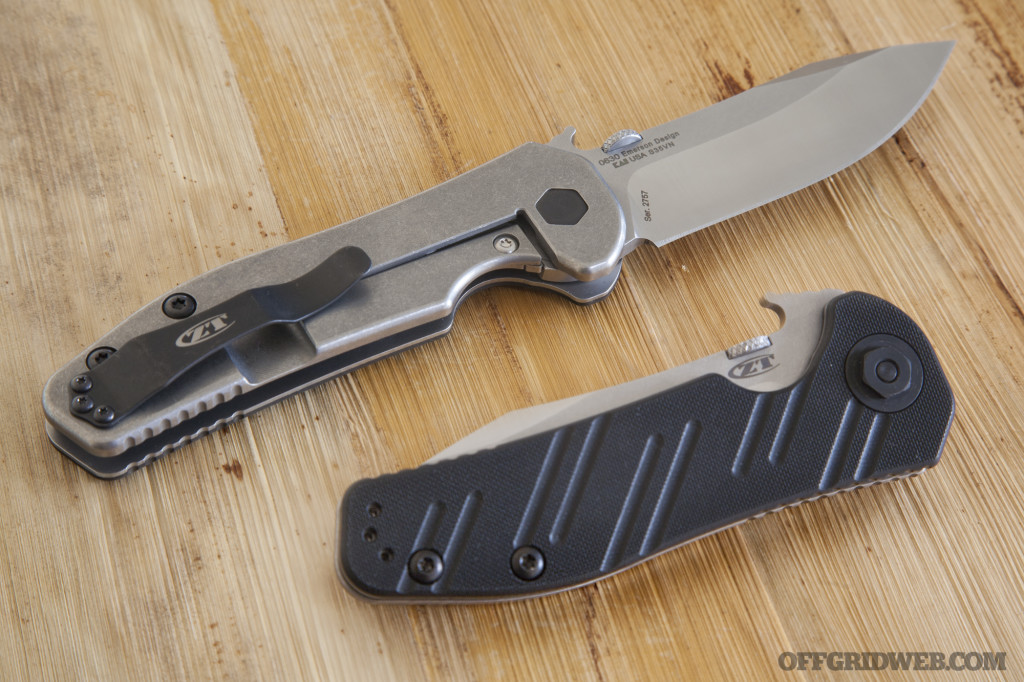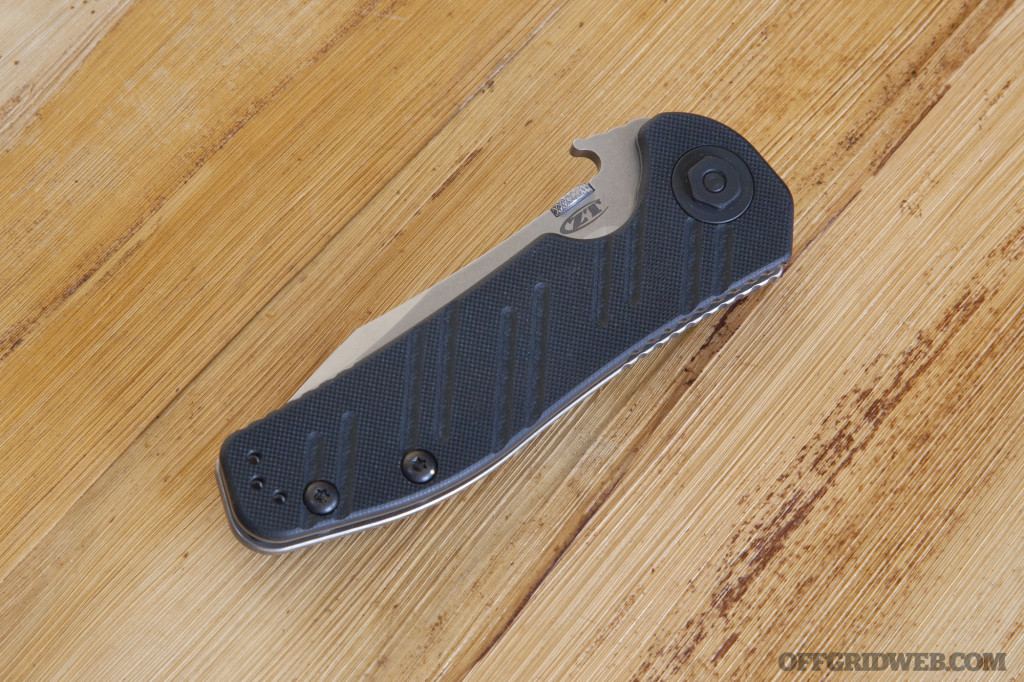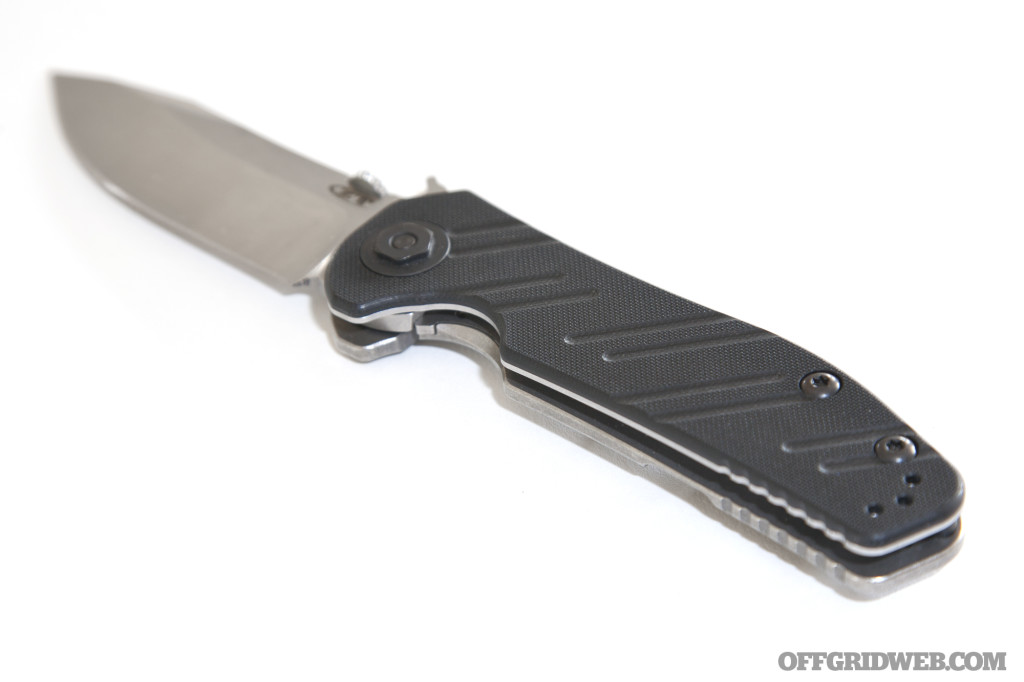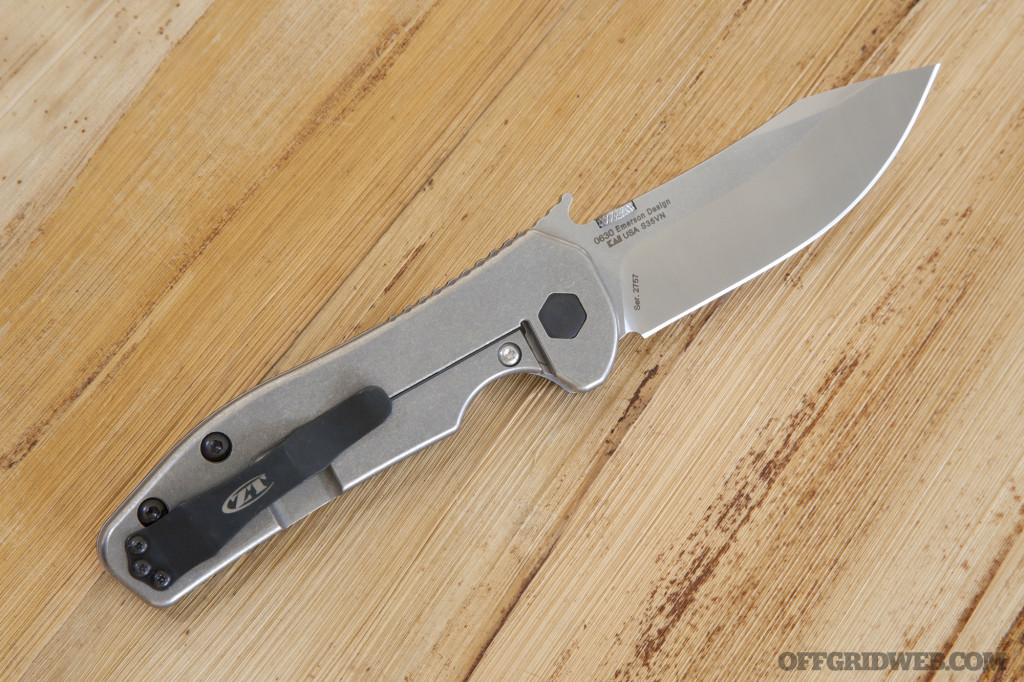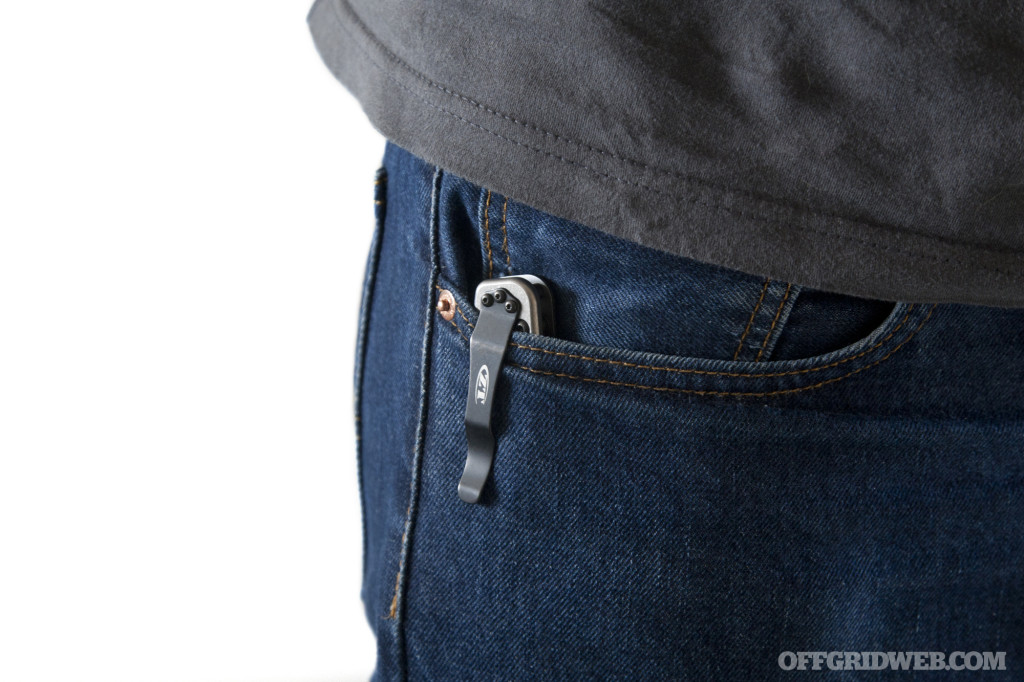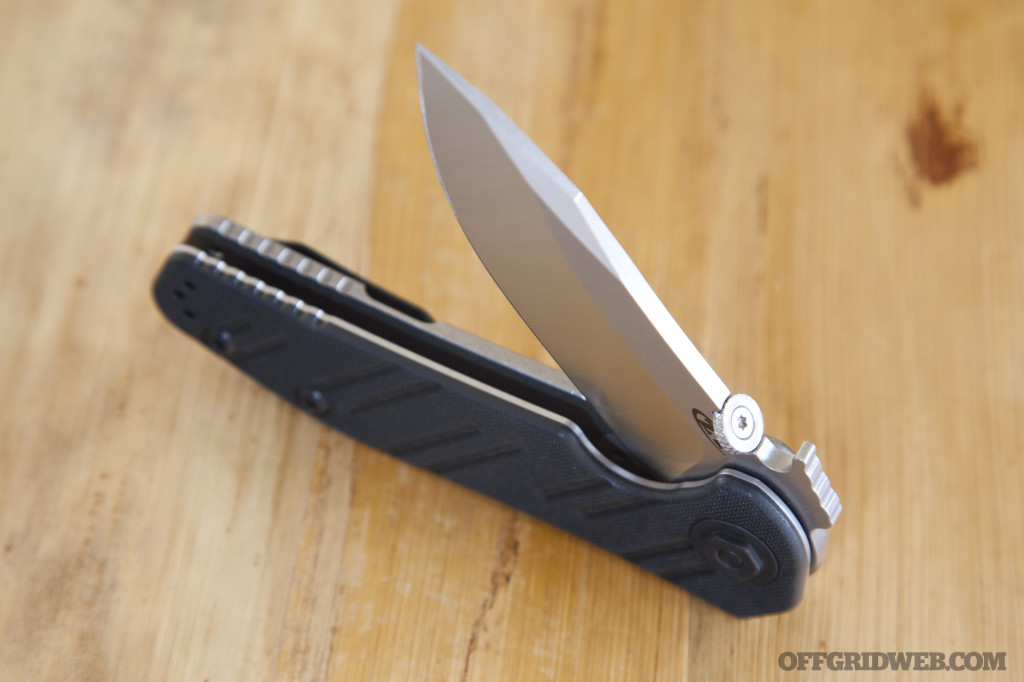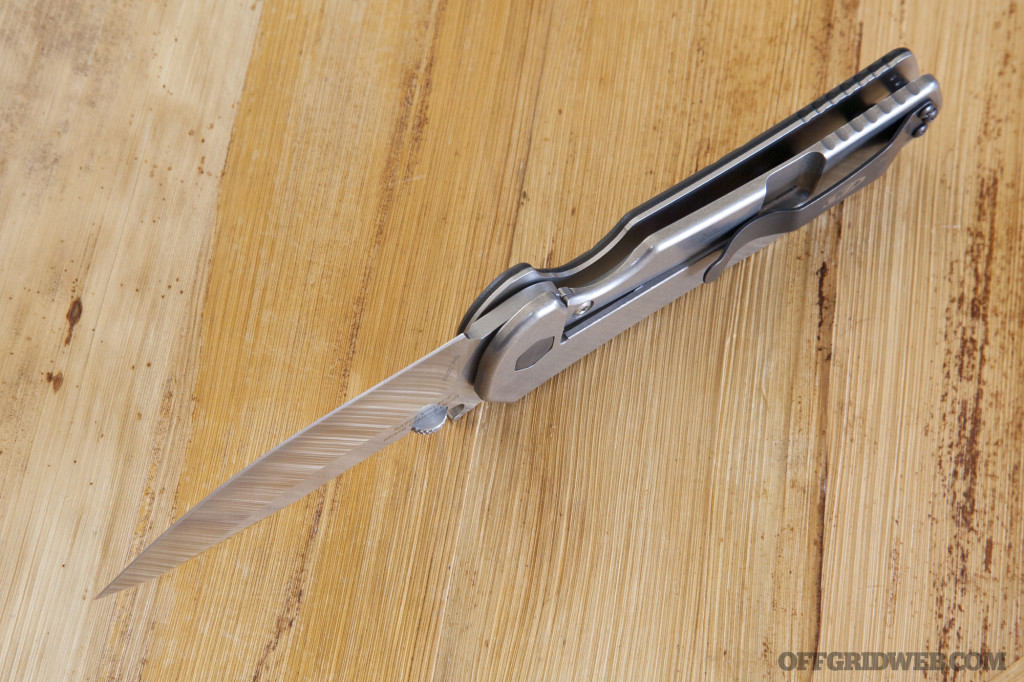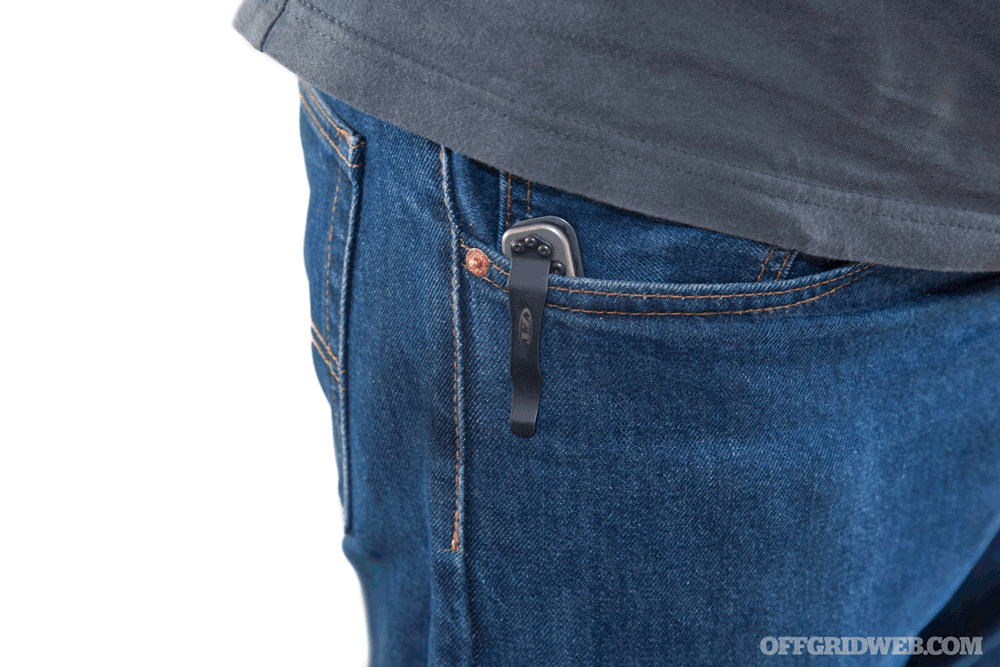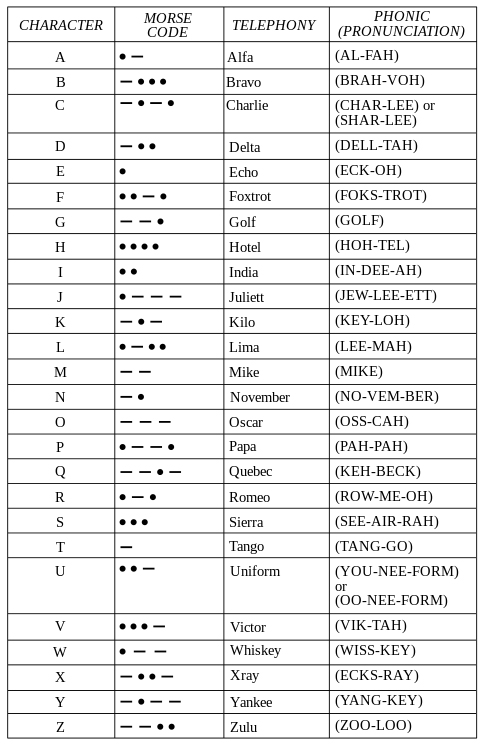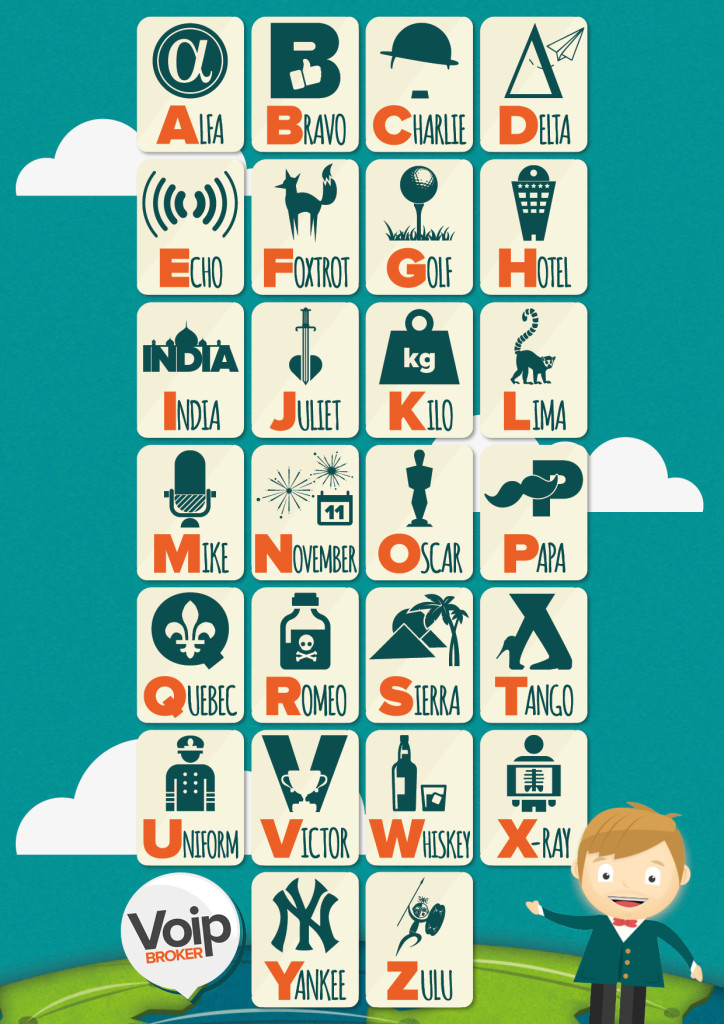“Mom! Dad! The TV's not working!” Familiar voices pull you out of your deep slumber. You were planning to sleep in late on this mini-vacation, while housesitting for your folks. But the kids had other plans. Glancing over at the alarm clock to check what time it is, you're surprised when you're greeted with a blank display. The kids must have popped a breaker in the electrical panel — that would explain the TV and the clock.
You drag yourself out of bed, cursing under your breath at no one in particular. Flipping light switches as you walk through the house, you realize that the power has gone out completely. It still might be the breakers, you mutter to yourself. Thanks to your grandfather's wind-up watch, at least you know it's about 7:00 a.m. Why is it so hard to get the kids up for school, but they're up at the crack of dawn for no damn reason?
By now you're in the kitchen, unsure where your parents keep their emergency supplies and flashlights. You notice a lighter on the counter, so you quickly grab it to light your way into the basement in search of the electrical panel. All the breakers are switched on, so it must be the neighborhood's power. You don't recall any storms last night, so this power outage seems odd. Your spouse asks you to look outside to see what's going on, and you find a few of your parent's neighbors out there. They are complaining that they don't have power either, and their cars won't start. Then the kids walk up behind you, each one holding their tablet. “Our iPads aren't working either,” your oldest daughter says. In the distance, your confused spouse is holding up both of your iPhones, limp and lifeless.
As you start to piece the clues together, you find yourself becoming more and more nervous. There's only one thing you know of which would cut the power and kill all your electronics — an electromagnetic pulse (EMP).
An EMP device and a solar flare have the potential to shut down power grids and fry electronics. However, X-Class solar flares (the most powerful type) that happen to be pointed right in the earth's path are exceedingly rare, and should be able to be identified by astronomers. This would provide us with roughly two days of early warning. Since there was no such solar flare activity, it must be a man-made EMP that has rendered all of your electronics inoperable. Your power, vehicles, cell phone, and personal electronics — all of it — are now dead. The bottom line is that you're looking at survival for you and your family without the use of any electrically powered devices. Welcome to the 1800s.
In this “What If?” exercise, we look at three different approaches to one of the strangest disaster scenarios that humanity might ever face, an EMP attack. Since different people's life experiences can lead them to have very different reactions to the same scenario, OFFGRID asked two other folks to join me in navigating this scenario. Coast Guard veteran Chris Costa has a rich background in the tactical, special missions, and maritime realms, and he is currently a highly sought-after instructor in a variety of weapons and tactics. Ryan Lee Price is a journalist and our “average Joe” survivalist. Ryan is self-taught and learned his lessons and emergency skills from the school of hard knocks. He also contributes to the “SHTF” column in our sister publication, RECOIL. As for me, I come from a very “down to basics” background. I've been a survival instructor for the past 18 years, and I know what the human animal needs to survive. I also know that we can sometimes be our own worst enemy.
The Scenario
You, your spouse, and your two kids (ages 9 and 13) are housesitting for your parents in the suburbs of Atlanta, Georgia, while your folks are away to see some relatives. Everyone in your family is in good general health, except that your youngest daughter requires a daily dose of insulin for her diabetes. During your stay, you wake up to a power outage, and all electronics, motor vehicles, and communication devices are inoperable.
In the mid-afternoon, after a frustrating and increasingly ominous day, two police officers pull up in a squad car, borrowed from another agency outside the affected area. They call for the block to assemble so they can make an announcement. “At this time, we don't have much information on this event. The local authorities believe that we are near the center of a 40-mile area affected by this power and electronics outage. There are shelters set up just outside the area for people to evacuate to. We are asking you to evacuate calmly but immediately, as power to the region will not be restored anytime in the near future.”
Taking a cue from most of the neighborhood, you and your family run back into your house and begin packing your clothes and belongings. This wasn't how your housesitting trip was supposed to end. Your family rummages through your parent's house and finds enough water and provisions to last about three days. But after that, you'll need some help. The police officers encouraged those who could make it out on foot to do so, since they didn't know when help or supplies would arrive. So what would you do? Evacuate today while you still had daylight? Or would you stay put overnight and head out in the morning? Or stay put indefinitely?
Disaster Type
EMP (Electromagnetic Pulse)
Family
Two adults, two children (ages 9, 13)
Location
Suburb of Atlanta, GA
Suburb Population
100,000-200,000
Season/Weather
Spring, mild, temp range is 80 degrees F (highs) to 60 degrees F (lows)
Tactical trainer: Chris Costa's Approach
Day One
The moment we realized that no electronics worked, we capitalized on that key bit of intel. Since we were short on supplies, I quickly set out to secure medical supplies, equipment, etc. — by myself, with a backpack and my handgun. I visited the nearest pharmacy and paid cash for local maps, a simple compass, basic first-aid, backpacks, vitamin water, water purification tablets, lighters, flashlights, and blister Band-Aids. There was no looting or resistance at the time — in fact, mostly confusion — as it was still early in the day and most people in the neighborhood had not caught on to the ramifications of an EMP event.
When the police had finished their spiel about the affected area and that we were close to the epicenter, I attempted to talk to the officers to determine how accurate their information was. They seemed sincere, and I concluded that the information was likely valid. I decided it was time to go. I knew that once the criminal element realized that law enforcement communications were down that looting would not be far behind. And once people started to get hungry, it wouldn't just be criminals that would be looting.
If my wife and I were alone, we would have liked to move at night. Even without night-vision gear, the moon and stars are often enough, when there is not as much man-made light pollution in the area. But because of the children and their sleep and energy cycles, we had to move during the day. Consulting our maps, I located the nearest railroad tracks and planned our route west by northwest, out of the Atlanta area and away from densely populated regions. This way, we would avoid the primary lines that the general public would start to follow: roads, highways, and so forth. By following train tracks, we would still have an established and known path. The rail bridges were always open and formed choke points. Some of the areas were surrounded by wildlife and led through more remote areas. I knew the rails would be less traveled and not commonly considered in today's society as a transportation means in most of the United States.
After I gathered the required supplies and ensured everyone was properly packed out and kitted to the best of their physical capability, I ensured my family had a good dinner and hydrated properly. I hoped they would get a good night sleep. While they slept, I returned to the maps and examined my route. We would be headed toward Chattanooga, Tennessee, and I looked for water sources on the way. If you figure 1 gallon per day per person — put 4 gallons of water on your back or that of your 9-year-old and tell me how far you think you can go! We packed and planned not for two days, but for four to five days as best we could. I made sure the house was as secure as possible. Then I tried to get some rest, if that was possible as a father, knowing what was coming tomorrow and what had transpired today.
Day Two
If I was able to get any sleep, it was by a miracle. I woke my family an hour and a half before sunrise. We re-checked all of their clothing and gear, used the bathroom, and grabbed a quick bite for breakfast. We locked up my parents' home and headed out toward my planned route. Yes, traveling in darkness would be more challenging, but I preferred to vacate the town while fewer people were likely to be awake and alert, and potentially follow or cause trouble for me and my family. The average person can walk about 3 miles per hour; across a 12-hour day, that's roughly 36 miles per day. Now take into account the physical stress of hiking, the mental stress of what happened, and the uncertainty of what lay ahead … as well as a 9-year-old and a 13-year-old — we'd be lucky to move 20 miles in 12 hours — if we could even get a good 12 hours of walking out of the kids.
Based on my planning last night, we were able to stop near water sources at roughly 5-mile intervals. I knew we would have the most energy and the best chance for gaining ground the first day. But I also didn't want to burn myself or my family out. By keeping a steady pace with a decent amount of breaks, we were able to maintain our energy and mental morale. I checked our progress on the map and located a likely spot for an encampment. I wanted to reach this point two hours prior to sunset to ensure we had enough time to secure and create an encampment, build a fire to cook food for my family, put the fire out before sunset, and give my children some downtime before the sun set behind the horizon.
My wife and children slept soundly, thoroughly exhausted from the day's events. I took the opportunity to re-check my map and establish that my original route was still viable. If I had to make alterations to the route during the day, I would be sure to reflect those considerations in my next day's travel plans.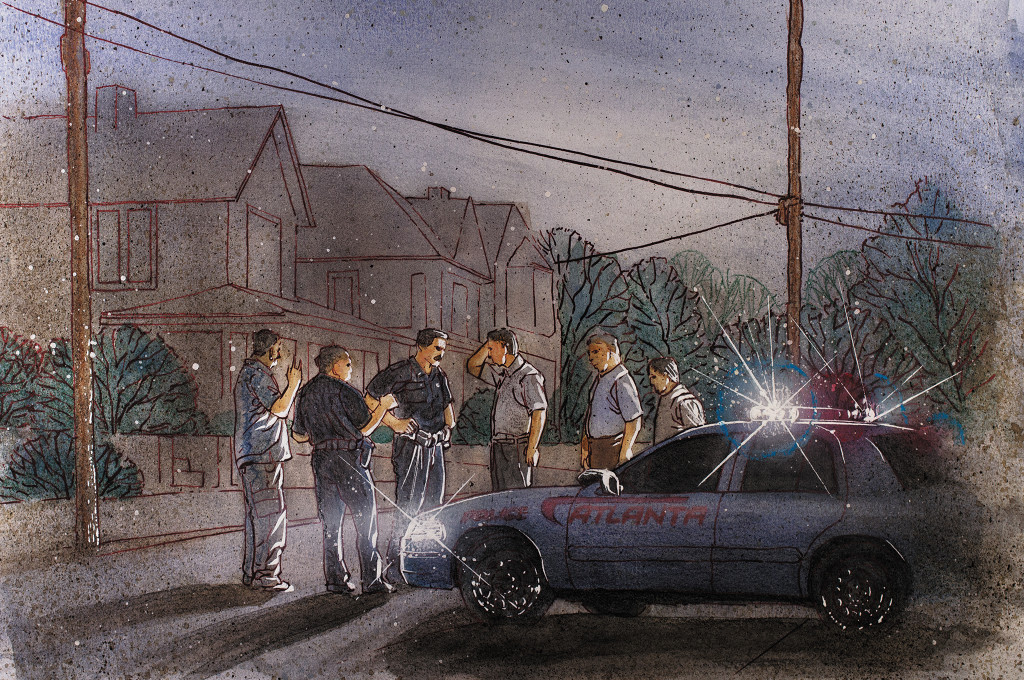
Day Three
I allowed my family to sleep until most of us woke up naturally. Then we broke down camp and re-stuffed our packs. We were careful to leave nothing behind, and everyone received a buddy check on their gear. We continued on our planned route. Nearing the end of the day, it looked like we were approaching a safe area, where power and communications were still viable. Upon reaching a small town with electricity, we immediately checked into a local motel and I went out to gather more information. I looked for open source media outlets and tried to establish communication with my other family members and friends in order to ascertain an accurate depiction of what was truly going on. All the while, my wife and children were gratefully cleaning up — sometimes you don't really know what you have until you've lost it. Returning to the hotel, I freshened up and told my family I would treat them to anyplace they wanted for dinner. I was very proud of them, and we used the meal time to discuss what we just endured, what we learned from it, and how we could be better prepared in the future for such adverse situations.
Average Joe: Ryan Lee Price's Approach
Day One
I would have killed for my bug-out bag that I left back home — not that the portable radio would have been any good, but there would have been comfort in the familiarity of having it. It was getting dark. The truck wouldn't start — cranking the key over did nothing. The doors and windows around the house were locked, but the silence of the neighborhood was deafening. Every 20 minutes a military jet screamed overhead, scaring the kids, but other than that, no more signs of anyone. The older couple next door left on foot with a wagon full of stuff after the police came though this afternoon. They said the temporary shelter is only miles down the road, at an elementary school, but the officer in charge wasn't sure when it'd be up and running. Nobody was sure of anything. He called it a marshalling area, but there were no rides out for civilians. And Atlanta was a long walk away.
There was safety in the familiar. We were going to stay put that night and see what the morning would bring. We waited until the initial panic of the crowds subsided. I'd rather be on my own than in a mob. Since we weren't from around here, I didn't trust anyone. My dad's gun safe wouldn't open because of the electronic keypad, which left us with his old pump shotgun, five shells, and an antique .38-caliber revolver I found in his nightstand (with only six rounds). There was food and water, which was good. Around lunchtime, I had filled the bathtubs in the house before the pressure dropped off to nothing. At least there would be water. Some dinner candles provided a little light, and Denise read to Emma and Jack. They were so full of questions, and I had precious few answers.
Day Two
I put baseball bats by the front and back doors, just in case, and I fished around in the drawers in the kitchen for a few of the larger carving knives. Early this morning, it looked like people were looting the empty houses on the street. I kept the revolver on me at all times. I'd scoured the house of anything useful: fire starters, defense, food prep we could take with us, something to carry it all in, sources of light, extra clothes and blankets, some small handtools, and a few personal items.
I was hoping that the time to leave hadn't passed us, but it looked like the looters were only interested in valuables for now — I saw someone carting away a TV, which made me chuckle. As a result, we moved all of the food (and Emma's insulin) upstairs to the back bedroom where we all slept last night. The shotgun is there too; I didn't say anything to the family, but that's our Alamo. I hoped it wouldn't come to that. We pushed the large couches against the front door and blocked the windows as best we could. Anyone could still get in here if they really wanted to, but at least it wouldn't be easy.
That night, I ventured out. I didn't want to, but I had to. There was a pharmacy a couple of blocks from the house, and I went to see if I could find some more insulin for Emma. We were worried we would run out before rescue came. It was more likely we would have to walk out of this. I took the revolver, and I planned to stay off of the streets as best as I could to avoid being seen by anyone. We had rationed the food well — though everyone's hungry — but I knew we could stretch what we had into a few days, if necessary. I planned to grab any food I might find while I was out, too. While I was gone, my wife bottled some water.
Day Three
Last night, the pharmacy windows were smashed in and most everything was gone. I managed to find six bottles of insulin, but only two were the right kind for Emma (leaving us with four). The street was empty now. It was early. The sun was just starting to come up. Everyone seemed to have left, and we prepared to leave too. There was a four-wheel wagon my mom used for gardening. It held what little we could bring. Denise and I each carried insulin and needles, while Emma carried two of each, in case we got split up. She could administer it herself, so that wasn't a worry — but the food was. There were a half-dozen granola bars, a bag of carrots, some bread, and a few cans of beans. That would give us four days to walk about 40 miles, but we were surely going to be hungry.
As soon as the sun came up, we left. The wagon was mostly full of water and blankets, but we each had a backpack that contained a few bottles each and whatever personal items each one felt they needed (Jack brought All Quiet on the Western Front — at least he hadn't lost his sense of humor). I put the shotgun in a cardboard box and duct taped it to the side of the wagon where it was concealed, yet very easily assessable. The pistol went in my pocket, and Denise used one of dad's golf clubs as a walking stick. We were ready as we were ever going to be.
It was going to be a long walk…
Survival Expert: Tim MacWelsh's Approach
Day One
As I packed my clothes, like I was told to do, a sickening realization crept over my mind. The insulin. That stuff had to stay cold, and we only brought a partial bottle. Packing ceased, and I gathered up the family. It was a unanimous decision to stay put for the night. Taking what mushy frozen food we had, we moved it over to the fridge side with the insulin. It seemed like a good idea at the time. We used the last of our milk to enjoy some cereal for our family dinner. With all available blankets piled on the beds, our family settled in for a chilly night.
Day Two
No one slept well, and before the night was over, our youngest had crawled into bed with us. Several times, loud noises stirred us. Finally, the sound of breaking glass across the street, followed by a distant scream, kept me awake until dawn. Had looting begun already? We had to figure out a plan. Over a breakfast of kid's snacks, we decided to hold out to see if my parents showed up. They had gone down to Valdosta, which was only a two-hour drive away. But how many days would it take them to walk that far? Could they even do it?
We assessed our food again and decided on canned soup for our family's lunch. Since the electric range was out, I tried the propane grill, only to find the tank empty. Up and down the street I asked, looking for someone who would give or sell me a tank of fuel for the grill. The neighbors that did answer their door told me they didn't have any propane or anything else to spare. Some even questioned who I was and why we were in that house. They knew my parents, but they didn't know me or my family. As I walked back to the house, thoughts of traveling to the shelters versus thoughts of hunkering down kept warring in my mind. As I passed an old lady watering her flowers with a garden hose, I wondered how much more water was in the water tower.
During the afternoon, we gathered all of the shelf stable food for an inventory, and also assembled all of the other useful supplies that my parents' home had to offer. We found several boxes of matches, two lighters, a half-dozen candles, a case of bottled water, two old sleeping bags, and a small first-aid kit. Grabbing some items from the house to fill in the gaps, we packed up the gear in case we had to flee. Some blankets made up for the lack of sleeping bags, two lightweight steel pots from the kitchen would let us cook and boil water, and the medicine cabinet yielded analgesics, antihistamines, and many other meds that could come in handy.
Later, I gathered sticks and brush from the landscaping, and my wife cooked up the last of the defrosted meat for our dinner. We built an actual fire in the defunct propane grill, now made useful again by our improvisation. That night, we double-checked all door and window locks, piled furniture behind the doors, and all slept in the same room.
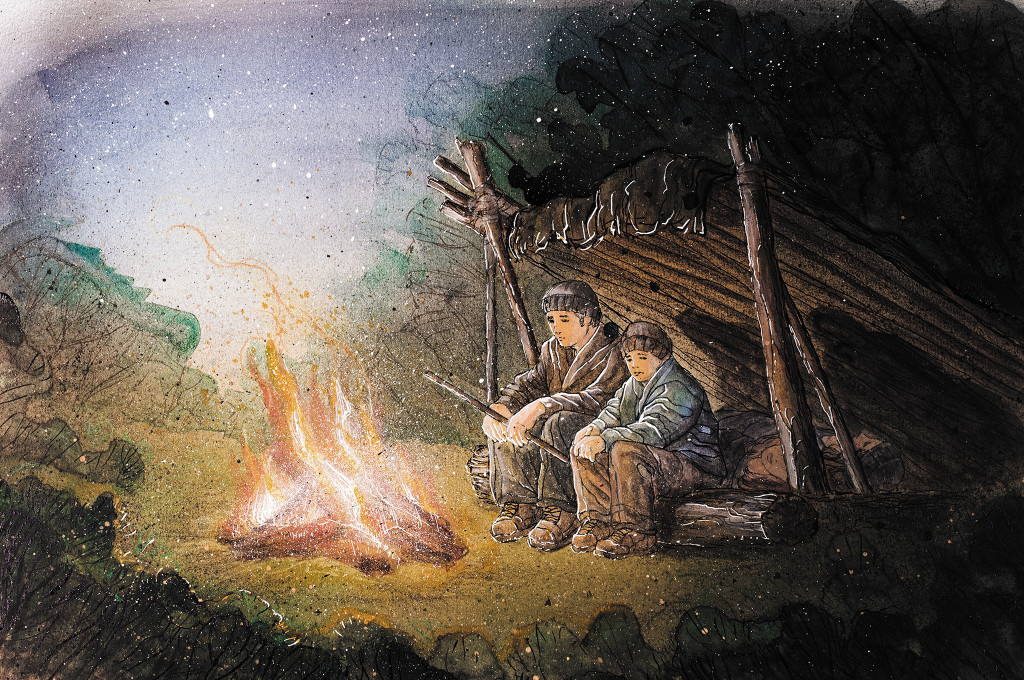
There were three days of Emma's insulin, and more than enough needles. It was very quiet. No planes anymore. Just...
Day Three
I woke to a banging sound, insistent like the countless worries circling in my mind. It sounded a lot like someone trying to kick down the back door. Thankfully, it stopped, and I heard nothing further. They must have moved on to easier pickings. Why did I leave my handgun at home? I don't like crossing state lines with it. But now my family is ill-defended, and it's all my fault. In the morning, when our youngest tried to flush the toilet, the water didn't refill the tank. She came back into the bedroom crying that the water was “broken” too. The local water tower must have run out. We still had the bottled water and 50 gallons in the hot water heater, but this situation just got a lot harder. Leaving the house was looking better, and as near as we could calculate, there were only about six days worth of insulin left in the bottle. My daughter had already started reusing needles. The last of the fresh foods looked spoiled, so we threw them out and dipped into the canned goods again. We kept the insulin in a pan of cool water on the basement floor, hoping it wouldn't lose potency.
The Next Two Days
In the late afternoon of the fourth day, and against the odds, my parents arrived home. We were ecstatic to seem them, but we were also trying to hide our shock upon seeing their condition. They were filthy, with only the clothes on their backs. They didn't appear to have had much water or sleep since this all began, and they looked as if they had been beaten. They had borrowed bicycles from our relatives, which were violently taken from them later that same day, along with the supplies they carried. Products of a tougher era, my parents simply walked, all day and into each night. Their driving motivation had been to get home to us. Through tenacity and suffering, they had done it. My parents invited over several of their trusted neighbors upon their return and uncovered a secret stash of food and water they had hidden away in some purposely mislabeled boxes. Some of my parents' armed neighbors agreed to stand watch over the house that night, and were rewarded with some canned food and bottled water for their service. The next morning, my reunited family set off to find the shelter, cooling what insulin we had left with a cold pack from the first-aid kit. We didn't really want to leave, but we could wait no longer. We had to go, in hopes that we would find more insulin and find a way back to our old way of life.
Conclusion
We — meaning the modern world — have truly set ourselves up for a brutal fall on this one. Our growing dependence on technology and electronics has left us glaringly vulnerable to an EMP event. While we don't fully know what damage an actual EMP would produce, we can easily find examples of the damage and chaos resulting from power outages and communication losses. Perhaps some vehicles would still work, due to shielding of the electronics in newer models. Perhaps some phones would still work. But very likely, an EMP would limit your communications to yelling distance and your mode of travel to feet, bicycles, and horses.
This kind of scenario should rightly be scarier to you than most other disasters, because it leaves the entire population intact, but desperate for necessities. And if history is any indicator, it doesn't take much to get people to turn on each other.
The takeaway from this exercise is a simple message of planning, preparation, and improvisation. Since we based this scenario away from home, this story clearly shows the value of emergency preparedness in your travels. Don't leave home without items for personal security, extra cash for unexpected expenses, an extra supply of necessary medicines, and an exit strategy (or two). And if you're lucky enough to be at home when a technological disaster occurs, you should have at least two weeks worth of food and water stashed securely, with strategies to resupply your family's needs, if the problem outlasts your resources. Finally, let's hope this scenario stays where it belongs, in the realm of fictitious novels and dystopian Syfy Channel movies.
If you'd like to read more of our articles about hypothetical survival scenarios, pick up a copy of OFFGRID Presents: What If?, on sale now at GunDigestStore.com.
Meet Our Panel
 Tim MacWelch
Tim MacWelch
Tim MacWelch has been a survival instructor for more than 20 years, training people from all walks of life, including members from all branches of the U.S. Armed Forces, the State Department, DOD, and DOJ personnel. He’s a frequent public speaker for preparedness groups and events. He’s also the author of three New York Times-bestselling survival books, and the new Ultimate Bushcraft Survival Manual. When he’s not teaching survival or writing about it, MacWelch lives a self-reliant lifestyle with his family in Virginia. Check out his wide range of hands-on training courses that are open to the public at www.advancedsurvivaltraining.com.
 Ryan Lee Price
Ryan Lee Price
Ryan Lee Price is a freelance journalist who specializes in outdoor adventuring, emergency preparedness, and the automotive industry. He has contributed to the “SHTF” survival column for our sister publication RECOIL Magazine and is a longtime hiking and camping enthusiast. He currently resides in Corona, California, with his wife Kara and their two children.
 Chris Costa
Chris Costa
Prior to starting his company, Costa Ludus, Chris Costa spent four years as the president of Magpul Dynamics. Before that, Costa spent seven years in the private sector at Applied Marine Technologies Inc. (AMTI) on assignment with the U.S. Department of Homeland Security's Risk Management Division teaching police tactical assault operations for both maritime and critical infrastructure take-back. Costa also spent 12 years with the U.S. Coast Guard, conducting counter-drug operations and special missions in Europe, the Middle East, and South America. Chris is an avid outdoorsman that lives just outside of Jackson Hole, Wyoming. For more on Costa, visit www.costaludus.com

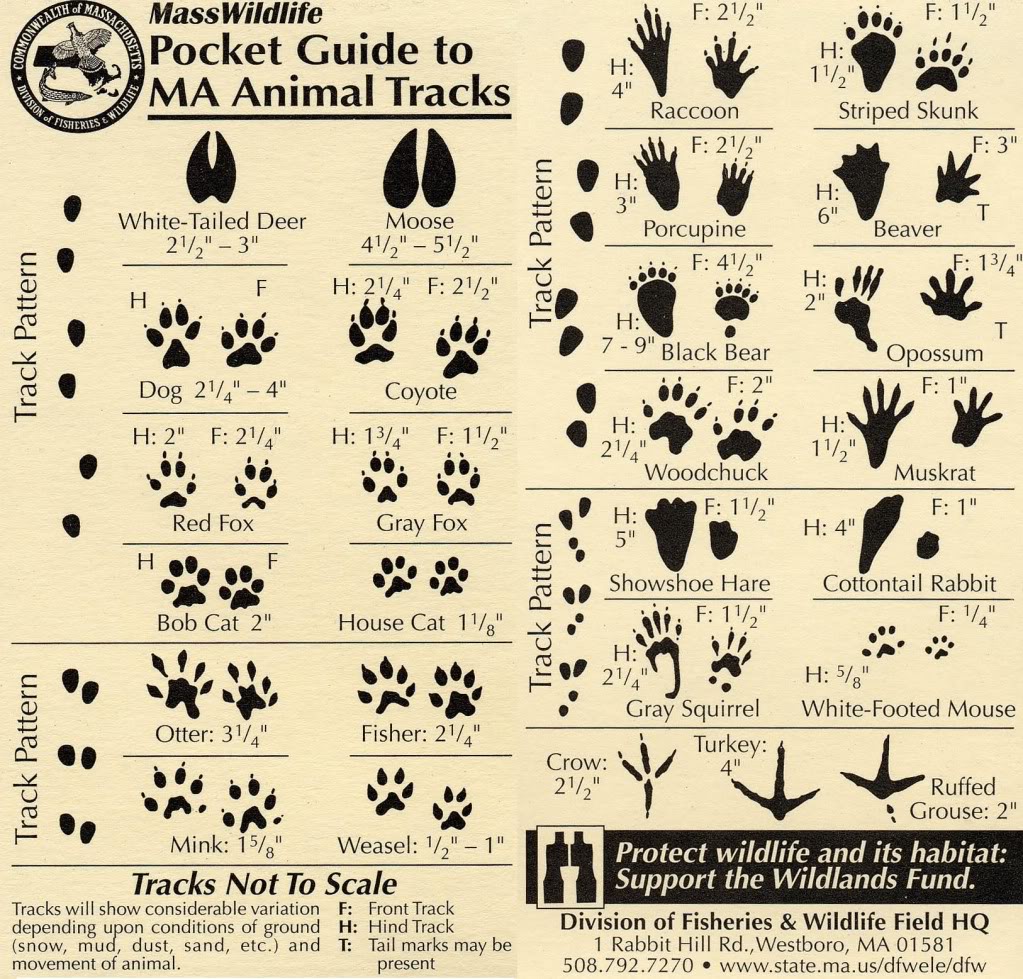
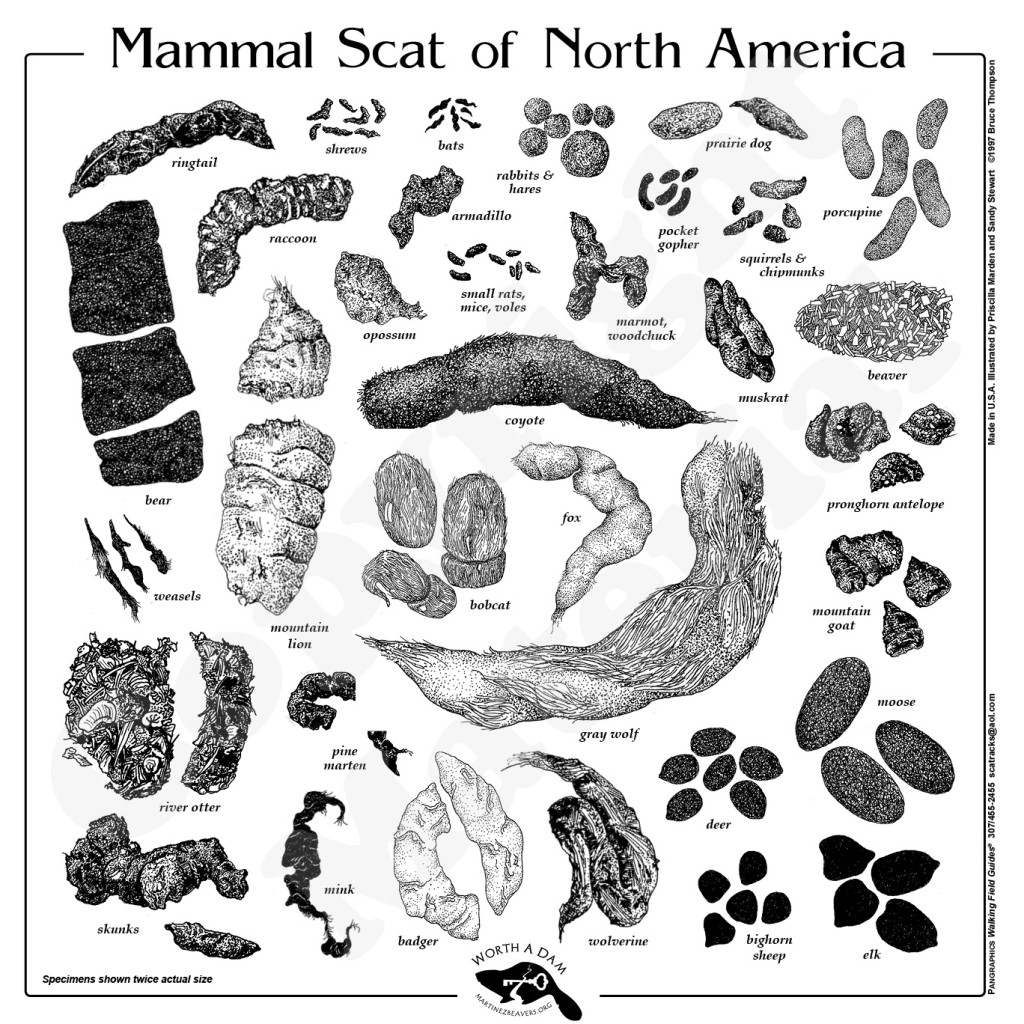
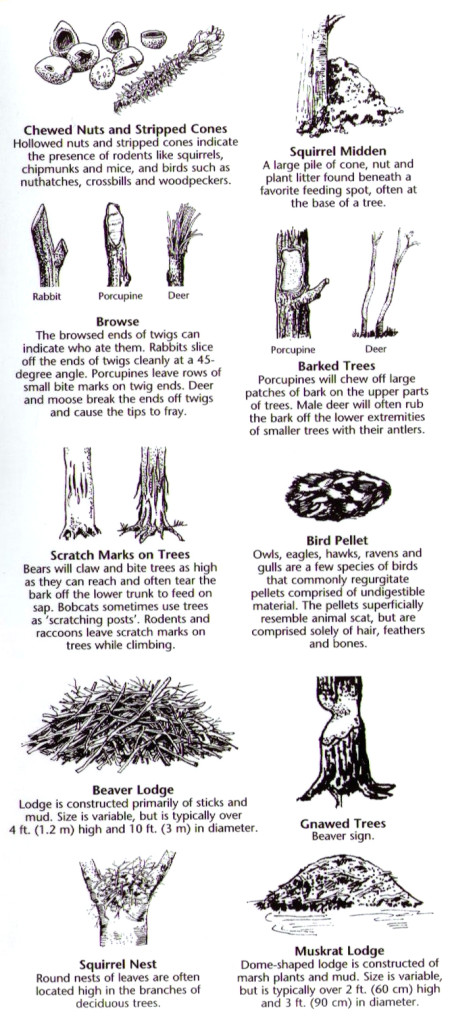



 Tim MacWelch
Tim MacWelch Ryan Lee Price
Ryan Lee Price Chris Costa
Chris Costa